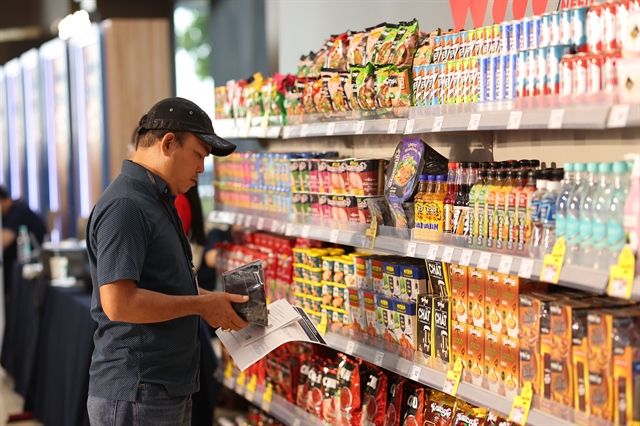 Society
Society

Traditional slaughterhouses are expected to be shut down this year after industrial scale facilities open, but owners of older slaughterhouses believe there is not enough time to shift fully to the new mechanised processing, according to a report in Người Lao Động (The Labourer) newspaper.
 |
| An Hạ Slaughterhouse in HCM City’s Củ Chi District. — Photo nld.com.vn |
HCM CITY — Traditional slaughterhouses are expected to be shut down this year after industrial scale facilities open, but owners of older slaughterhouses believe there is not enough time to shift fully to the new mechanised processing, according to a report in Người Lao Động (The Labourer) newspaper.
The city is replacing slaughterhouses that manually kill animals in an aim to strictly control food quality.
By September, the city plans to open six modern slaughterhouse plants, with a total capacity of 13,000 animals per day.
The city has opened one new slaughterhouse, while 11 traditional slaughterhouses still operate in the city with a total capacity of 6,330 pigs and 82,000 poultry per day.
Phạm Thành Hiệp, owner of the Bình Tân slaughterhouse with a capacity of 1,500 animals per day, said many workers in the traditional facilities had shifted to work at slaughterhouses in Long An Province.
Traditional slaughterhouses are able to provide pigs according to customers’ delivery expectations, but industrial-scale slaughtering plants will not be able to do so.
Most of the output of slaughterhouses is provided to wholesale markets that start work between 2am and 4am.
Văn Đức Mười, former chairman of the HCM City Food and Foodstuff Association, said that more support was needed to speed up the new plants’ construction process and to manage transportation of fresh meat at wholesale and retail markets.
In addition, sanctions applied to food-safety violations were not strict enough to prevent all violations, he said, adding that measures should be taken to prevent the transport of live pigs to neighbouring provinces for slaughter and shipment back to HCM City for sale.
Cooperation between provinces’ veterinary centres and improved regional connections in livestock management and traceability are also needed, as well as community awareness about food safety, according to Mười.
Required standards for fresh meat also should be issued, he said.
By 2020, the total capacity of the new slaughterhouses is expected to reach 15,530 pigs, 300,000 poultry and 300 cows per day.
The city’s Department of Industry and Trade plans to form a pork trading floor to strictly control product origin and ensure that pork from industrial slaughtering plants meet VietGAP standards. — VNS









